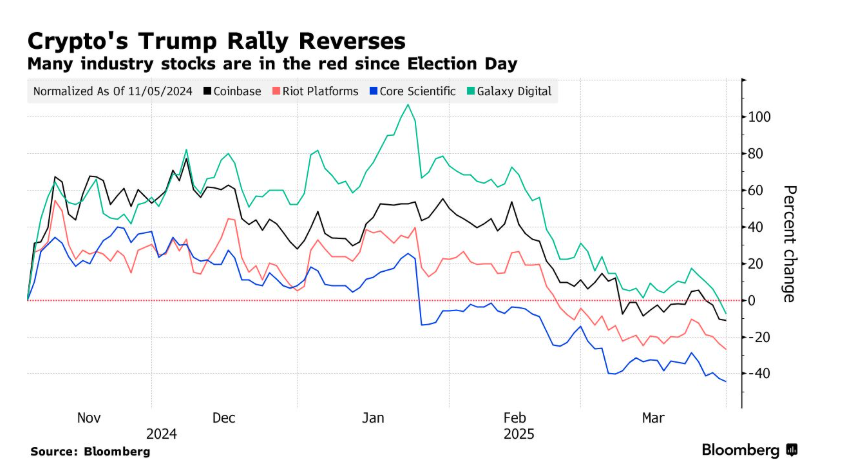
The post Bitcoin Price Hits $97K: Can It Break $100K Before FOMC Announcement? appeared first on Coinpedia Fintech News
Today, the crypto market is expected to be highly volatile as all eyes turn to the U.S. Federal Reserve’s upcoming policy decision. The Federal Open Market Committee (FOMC) is holding its scheduled meeting on May 6–7 to assess the economic outlook and understand the future of U.S. interest rates. The FOMC, led by Chair Jerome Powell

Jerome Powell
Jerome Hayden “Jay” Powell is an American attorney and investment banker who has served since 2018 as the 16th chair of the Federal Reserve
Finance
will announce its decision at 2 PM Eastern Time on May 7 (11:30 PM IST).
Initially, there were expectations of a full percentage point of cuts due to concerns over Trump tariffs. But now they expect a smaller 0.75% cut for the year. Powell has repeatedly said that the Fed needs to wait for clarity on Trump’s policies before making any decision.
Some analysts also believe the Fed could signal the end of Quantitative Tightening (QT), a policy that has been draining liquidity from markets since 2022. Treasury Secretary Scott Bessent will meet Chinese officials in Switzerland this weekend to discuss any possible tariff changes.
As the US and China are looking to ease the ongoing trade tensions, Bitcoin has already started climbing again, reaching around $97,000, and many altcoins are turning green as traders prepare for possible positive news. Although Bitcoin dominance remains high—now above 65%, this could shift soon, opening the door for altcoin season.
Bitcoin Price Prediction Today:
Bitcoin is showing signs of recovery, and the price is now approaching a resistance zone between $96,100 and $97,400. If Bitcoin can hold above $95,300, the upward trend could continue, possibly forming a stronger move higher.
So far, the current bounce is looking good, but it’s too early to confirm a full trend reversal. A pullback could still happen, and how the price reacts next will help confirm whether this recovery continues or if more downside is coming.
Never Miss a Beat in the Crypto World!
Stay ahead with breaking news, expert analysis, and real-time updates on the latest trends in Bitcoin, altcoins, DeFi, NFTs, and more.









